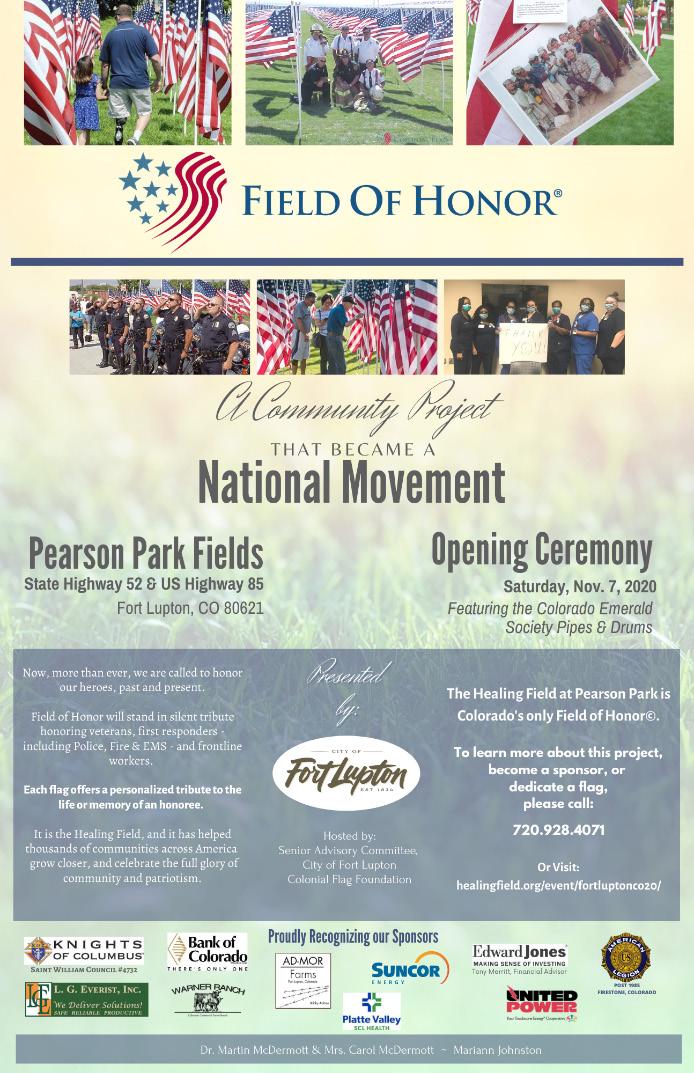
19 minute read
US Wolf Population Deemed Recovered
Page 10 Lost Creek Guide November 4, 2020
U.S. Wolf Population Deemed ‘Recovered’, Yet Meet the 4-H Family
Advertisement
CO Ballot Measure Seeks Unnecessary and The Mazzotti’s
Expensive Introduction By Madison Richmann All three Mazzotti boys can agree that 4-H teaches you a lot of life skills. Alan, Carter,
ARVADA, Colo. - Forty-five years after gray wolves were initially listed under the En- and Reece Mazzotti are three brothers who live near Hudson, Colorado and compete at dangered Species Act (ESA), the Trump Administration and various conservation part- both the SEWC and Weld County Fairs every summer. All three boys purchase their show ners announced today the successful recovery of the species and its subsequent delisting pigs from TAG Genetics. from the ESA. At the Minnesota Valley National Wildlife Refuge, U.S. Secretary Depart- Alan is 15, and is a sophomore at Weld Central Highschool. He has been a part of 4-H for ment of the Interior David L. Bernhardt announced that with the delisting, state and tribal 7 years and the Weld Central FFA Chapter for 2 years. Alan shows pigs and shoots shotgun wildlife management agencies will resume responsibility for the proper management and in shooting sports. He has been showing pigs for 6 years, and competing in shooting sports protection of gray wolves in states with gray wolf populations. U.S. Fish and Wildlife Ser- for 7 years. Alan says, “I got Grand Champion at SEWC with my shooting sports projvice (USFWS) will continue to monitor the species for five years to ensure the continued ect then a champion at Weld prosperity of gray wolves in the U.S. County Fair and went to state
USFWS came to its final determination based on the best scientific and commercial and took 3rd. I have made it to data available. This involved in-depth analysis of threats to the species, how they have the state level in Shotgun 5 of been alleviated, as well as evidence of state’s and tribe’s continued commitment to the my 7 years,” when asked about management of healthy wolf populations. Analysis of current and historical distribution his greatest accomplishment of gray wolf populations indicated that the species has exceeded all goals for conservation in 4-H. This year, even though recovery and is no longer threatened or endangered. 2020 was a difficult year, Alan
Previously, states such as Wyoming, Idaho and Montana were delisted due to healthy still had some great accomand sustainable population growth that has thusly expanded into other states, most re- plishments. The 15 year old cently including Colorado (CO). The states of Washington, Oregon, California and Colo- says, “My pigs’ names were rado have shown commitment to preserving wolves through development of management Bullseye and Big Boy. I made plans and protective laws. The state of CO currently faces Proposition 114, a ballot initia- the sale at SEWC.” Alan would tive seeking to introduce wolves into the state. This measure is being pushed by out of like to continue with both 4-H state activist groups and actively disregards the scientific date mentioned above, as well and FFA as long as he can as as goes against the recommendations of experts in Colorado Parks and Wildlife (CPW). long as continuing playing Proposition 114 is problematic on a large scale due to the following: Reece Mazzotti getting ready to show his pig. basketball, and this year will • COVID-19 impacts drastically damaged the state budget, management of wolf be playing baseball. In the fuintroduction adds to the state’s already stressed financial situation ture, Alan would like to go to college to play basketball and then go into sports medicine. • CO supports treasured wildlife populations, such as moose herds and the endan- Carter is a 11 year old, 6th grader at Cardinal Community Academy. Carter is a part gered Greater Sage Grouse, wolves pose a direct threat to these species of 4-H and shows pigs and shoots shotgun in shooting sports as well. Carter has been • Agriculture is a primary state economic driver, contributing billions of dollar to doing both projects for three years. Carter explains this year’s projects by saying, “My the state’s economy annually, as well as providing open space and wildlife habitat pigs’ names were Covid and • CO is already home to a functioning pack of wolves, with a variety of sightings Buddy and I made the sale and evidence documented, as well as a visual sighting of puppies at both Weld County fair and
“Proposition 114 is a reckless and expensive assault on Colorado’s economy, wildlife SEWCF. We keep our pigs in and livestock production, and not to mention an already growing wolf population,” said our pig barn and this was my CCA President Janie VanWinkle. “Colorado Parks and Wildlife has an efficient, U.S. Fish little brother Reece’s first year and Wildlife Service-recognized management plan in place, which is actively protecting showing.” Carter says that his wolves within the state. For the sake of Colorado’s treasured wildlife, and fragile economy, biggest accomplishment is Coloradans need to vote no on Proposition 114.” making it to state in the shooting sports, skeet , this year, along with any other year that he made sale with his pigs. Like his older brother Alan, Carter enjoys playing basketball and baseball and also likes hunting and fishing. Carter Carter Mazzotti at the Weld County Fair Junior Livestock would like to continue in 4-H Sale with his Market Swine. and eventually go to college and play basketball or work on the families farm. The 6th graders say that 4-H has taught him how to be a good citizen. Reece, the youngest Mazzotti boy is a 9 year old third grader that also goes to Cardinal Community Academy. 2020 was the first year in 4-H for Reece. Like his older brothers, Reece shows Market Swine, and he also does leathercraft in 4-H. Reece enjoys playing basketball, baseball, and hunting and fishing when not working with his projects for the fair. Reece is proud to say that he made the sale at the SEWC fair with his pig, being a huge accomplishment for his first year. Like Alan and Carter, Reece would like to continue in 4-H and Alan Mazzotti showing his pig at the SEWC fair. one day go to college to play basketball. Reece says his favorite part of the SEWC fair is that it is small where he knows nearly everyone, and the rodeo. The 9 year old also says, “My favorite part of 4-H is all of the different projects.” We wish good luck to the Mazzotti boys on the rest of their 4-H career.

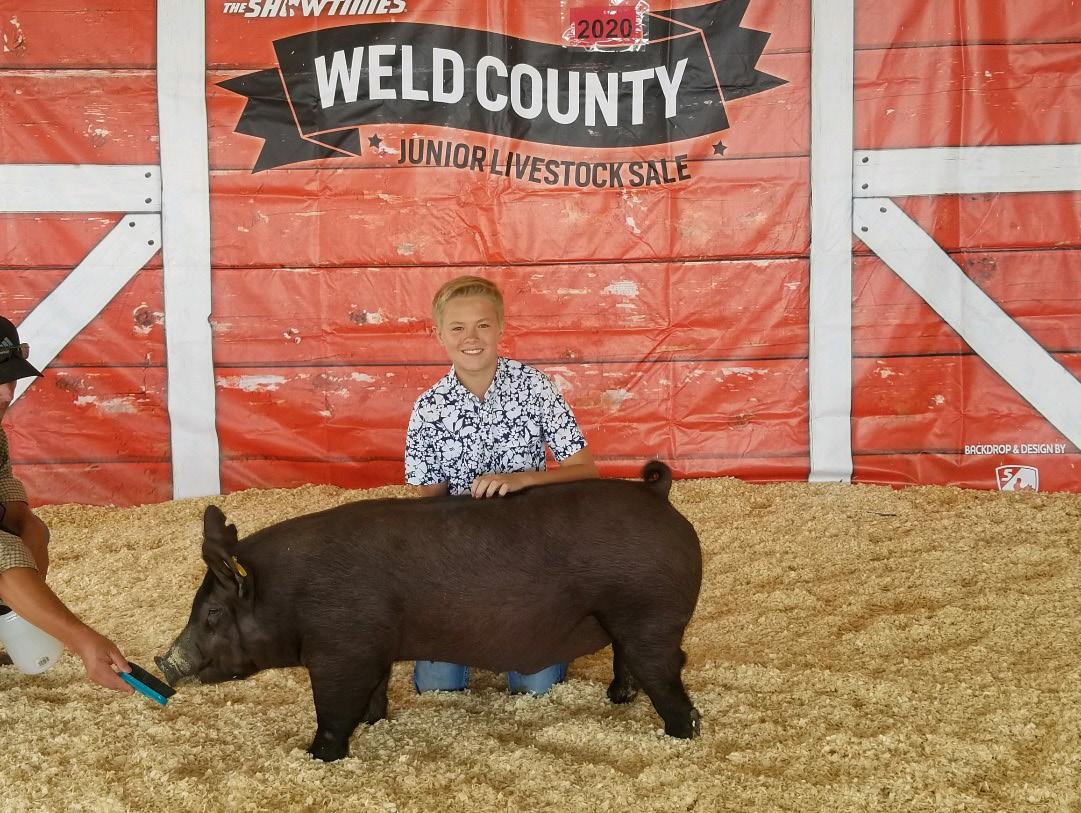
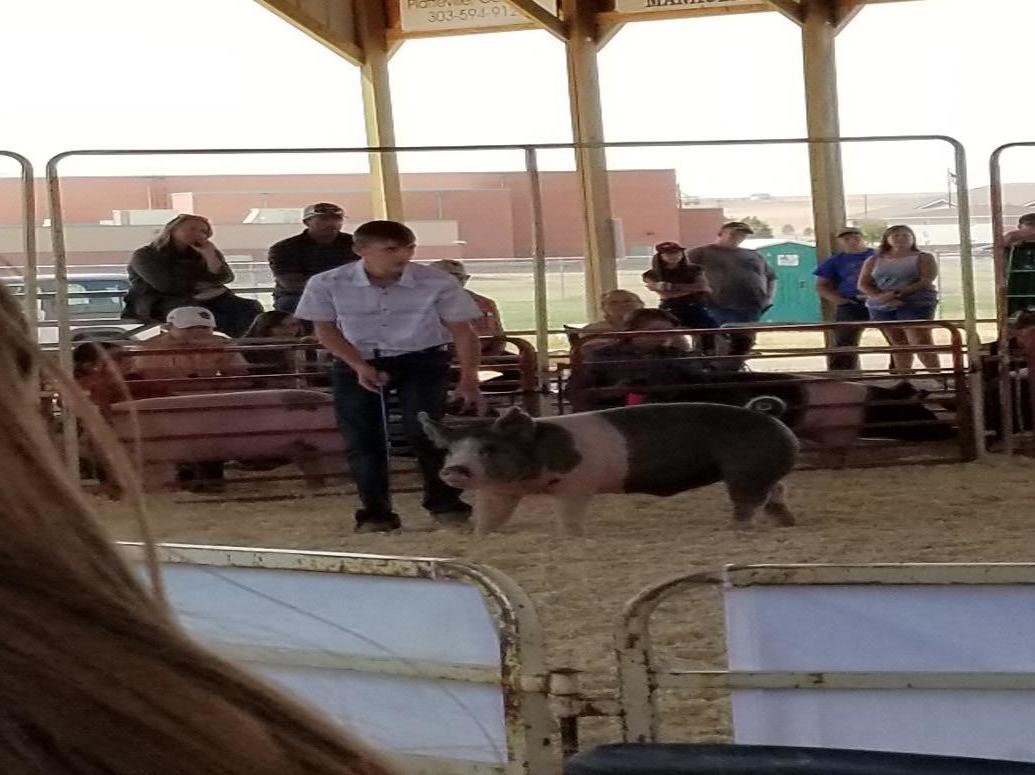

Thank You



November 4, 2020 Lost Creek Guide Page 11
U.S. COVID-19 Cases Are Skyrocketing, But Deaths Are Flat—So Far.
BY EMILY BARONE but by August, that group accounted for more than one in three cases.
In just the last two weeks, the global daily tally for new COVID-19 cases has jumped The number of younger people contracting the virus continues to grow, contributing to more than 30%, according to TIME’s coronavirus tracker, which compiles data from Johns Hopkins University. The steep upward trend is driven by viral waves in Europe and the United States that started in August and mid-September, respectively. On Oct. 23, the the rise in overall cases. Yet because they are less vulnerable to the virus, they are not driv ing up the number of deaths in tandem. (While young people are less vulnerable to CO daily case count in the VID-19 in general, they can and do die from the disease, and can spread it to other people.) U.S. reached a new re- 5. Better treatments cord high, suggesting Pharmaceutical companies have been racing to discover and produce drugs to treat that this wave will be COVID-19 patients since the onset of the pandemic. On Oct. 22, for example, the U.S. worse than the one that Food and Drug Administration officially approved the first drug for treating COVID-19, swept the country over the summer. But despite this rapremdesivir, which was previously being used on an emergency-only basis. The agency has allowed other treatments via emergency-use authorizations, including dexamethasone, id uptick in cases, the convalescent plasma, anti-inflammatory drugs and steroid treatments. In addition, docdaily death count in the tors now better understand how the virus behaves in the body, and have learned how to U.S. is not yet rising at more effectively treat patients—they’re using ventilators more sparingly and positioning the same rate, and re- patients on their stomachs to facilitate breathing, for instance. mains at lower levels Thanks to these treatments, hospitalized patients often have shorter and less-intensive than in April. At face value, a lower case-tofatality rate suggests stays. A new study from New York University researchers found that COVID-19 patients admitted to NYU Langone hospital in early March had a 23% percent chance of dying;
An elementary school student in Tiburon, Calif., gets her tem- that fewer people who that dropped to 8% chance by mid-June. A research paper from the Houston Methodist perature taken on Oct. 16, 2020.Lea Suzuki—The San Francisco test positive for the vi- hospital system found that in the spring, patients stayed a median of 7.1 days, but only 4.8 Chronicle/Getty Images rus are dying from it. days during the summer surge. The below chart shows how the hospital system altered But the virus hasn’t the frequency of certain treatments from the spring to the summer. The use of remdesivir necessarily become less lethal; it isn’t mutating quickly enough for that to be the case. increased, for instance, while the use of hydroxychloroquine decreased.What’s happening now is not a result of how the virus treats humans, but rather how humans are treating the virus—that is, how we test for it, how we avoid it and how we combat it. The following five charts explain how human-driven factors are, at least for the In the U.S., about 750 people succumb to the virus’s assault every day. Worldwide, it’s more than 5,000 every day. There’s hope that another human intervention—a vaccine— moment, keeping deaths from spiking as high as they did early in the pandemic, even as will dramatically drive down both cases and deaths when and if one becomes available, cases rise dramatically. likely next spring. Still, considering that a vaccine will not eradicate the virus completely, 1. The big picture and a large percentage of Americans say they’re reluctant to get the vaccine at all, public-
The below chart shows the number of new daily COVID-19 cases and deaths on a per- health practices like social distancing and wearing masks will be crucial to keep the virus capita basis. Compared with the U.S., the E.U. had the virus under better control in the from spreading both before a vaccine becomes available and perhaps for months beyond. early summer, but cases began to tick back up late in the season. The death count stayed low for some time, but surged in recent weeks, and is now on par with the U.S for the first 2020 Weld County 4-H Mardi Gra time since April. The U.S. could follow the same path; deaths are a lagging indicator. But so far, U.S. deaths have stayed relatively flat at about 750 deaths a day, even though cases have been rising. Of course, that situation could change as winter approaches, especially CANCELLED if Americans become more complacent and “pandemic fatigue” sets in. Article by Madison Richmann
It’s also vital to also keep in mind that a coronavirus infection doesn’t have a binary The coronavirus has changed so many lives around the world. One activity that corooutcome—that is, people don’t either fully recover or die. Many of those who survive their navirus dramatically changed is 4-H. Fairs were cancelled or changed, as well as other initial bout with the disease go on to experience mysterious and sometimes disabling symptoms for months. normal 4-H related events. Mardi Gra is an annual 4-H fundraiser where each 4-H club 2. More testing has a booth. Some clubs do food booths and others do games or contests. There is always a
Widespread testing is not the entire reason for U.S. cases going up (testing has been dance at the end of the night. This year, Mardi Gra has been cancelled ahead of time due to steadily increasing over the course of the pandemic, while cases have gone up and down, as shown above). But if more people are getting infected, a robust testing system can help COVID-19. Although the normal fun filled event will not be happening, Weld 4-H is workuncover that trend—and that’s a good thing. Having better data helps researchers esti- ing hard on other ways to make a virtual Mardi Gra happen. The silent auction and club mate the prevalence of the virus in a community, while rapid testing also allows people to basket challenge will still be happening virtually. Prizes will still be given for the basket protect others by isolating after they’ve been in contact with someone who tested positive. challenge, so clubs are reminded and encouraged to put in your full effort to the basket. Widespread testing will identify the most severe cases as well as the most benign ones, including asymptomatic cases, which may account for up to 40% of all infections. The theme of the baskets this year will be, “Riding out the Rona.” This was a hard decision
Early in the pandemic, many countries, including the U.S., were short on testing sup- for the Weld County 4-H officials to make, but it was necessary for the health and safety of plies. As a result, many mild cases went undetected. One U.S. study estimated that there members, families, officials, and the public who annually enjoy Mardi Gra. were likely 10 times more infections between late March and early May than reported. Because only the sickest patients were being tallied as confirmed cases, the case-fatality For more information about Mardi Gra and the cancellation along with other Weld 4-H rate was high, and the virus appeared more deadly. This is why the case-to-fatality rate cancellations visit www.weld4h.org. isn’t a perfect indicator of how likely a person is to die from the illness: the ratio will vary depending on the number of people in a given population getting tested.
Because the U.S. is now doing more testing, this metric is more useful today than it was earlier in the pandemic, at least to assess general trends. And what we’re seeing now is a declining case-fatality rate, stemming from rising case counts and flat death death counts. 3. Public-health measures
In early March, the U.S. Centers for Disease Control and Prevention began encouraging communities with reported COVID-19 cases to enforce social distancing to limit face-to-face contact. A month later, the agency began recommending that people wear masks when near others outside of their household. These preventative measures had immediate effect in places where the virus had already taken off. For example, at Boston’s Brigham and Women’s Hospital, new COVID-19 infections dropped by half among staff after a mandatory mask policy went into effect at the hospital in late March.
Such measures have paid off for the broader population, too. While masks and social distancing can’t always prevent 100% of exposure to COVID-19, they can reduce the amount of viral particles a person is exposed to. They will then carry a smaller “viral load” in their systems, making them less likely to become severely ill. Researchers at Wayne State University School of Medicine who tracked the viral loads in nasal swab samples collected from hospitalized patients in Detroit discovered that patients who were initially swabbed in early April had a higher viral loads than those who were initially swabbed in late April and May. Lower viral load was associated with a decreased death rate. “Social distancing measures and widespread use of face masks may have contributed to a decrease in the exposure to the virus,” the authors wrote. 3. More young people are testing positive
The coronavirus poses a greater mortality risk to the elderly compared to younger people. Among all Americans who have tested positive for COVID-19, the CDC’s current best estimate is that 5.4% died and were 70 or older, 0.5% died and were between 50 and 69, and only 0.02% died and were 20-49 years old.
In the first weeks of the pandemic, the virus tore through assisted-living facilities and nursing homes, where lots of vulnerable elderly people lived. As a result, the death count skyrocketed. But over time, as the virus spread in places like bars and college campuses, the share of U.S. COVID-19 cases have skewed younger, meaning many of those becoming infected are less vulnerable to severe illness. The CDC reported last month that children and adults under 30 made up around 16% of COVID-19 cases in February through April,
Page 12 Lost Creek Guide November 4, 2020
Home Fires are Up in Trump Signs Along I-76
Wyoming Communities This has been a contentious election but that has not stopped some from showing support for who they believe in. Along I-76, on the north side were two billboards on either side of
Colder Temperatures has People Turning on Space Heaters and Addi- Roggen supporting the President. Just West of Wiggins, on I-76, not as formal, but nonetional Heating Sources theless supporting the President. After the results of Tuesday’s voting, hopefully we can work towards civility and have respect for each other, recognizing that this America and we
CASPER, WYOMING, OCTOBER 30, 2020 — October has been a particularly busy have a right to express our opinion.month for the American Red Cross of Wyoming’s Disaster Action Teams. Since October 1st , DAT teams have responded to 13 house fires across the state. Six fires occurred in Cheyenne, three in Casper, two in Powell, and one each in Buffalo, Lander, Rock River, and Torrington. Many of those fires were caused by improper use of heating inside the home.
Heating equipment is the second leading cause of home and barn fires in Wyoming, which typically rise in throughout the state during the colder months. During the month of October, the Red Cross of Wyoming provided assistance to 35 individuals – nine children and 26 adults with urgent needs like emergency lodging, financial assistance and recovery planning after 13 local home fires.
“Colder temperatures often bring the risk of home heating fires, and we want everyone to stay safe by properly warming their home,” said Gehrig Haberstock, Disaster Program Manager for the Red Cross of Wyoming.
HOW TO HEAT YOUR HOME A 2020 Red Cross survey showed that more than half of us have used a space heater — which is involved in most fatal home heating fires. Provide at least three feet of space for all heating equipment, and never leave space heaters unattended. Follow these additional tips:
If you must use a space heater, place it on a level, hard and nonflammable surface, such as a ceramic tile floor. Don’t place it on rugs and carpets, or near bedding and drapes; keep away children and pets.
Plug space heater power cords directly into outlets — never into an extension cord. Turn it off every time you leave the room or go to sleep.
Never use a cooking range or oven to heat your home.
Never leave a fire in the fireplace unattended. Use a glass or metal fire screen to keep fire and embers in the fireplace.
Have wood and coal stoves, fireplaces and chimneys inspected annually by a professional and cleaned if necessary.
TWO STEPS TO PREVENT FIRE TRAGEDIES To help protect your family year-round, test your smoke alarms monthly and practice your home fire escape plan until everyone can escape in less than two minutes — the amount of time you may have to get out of a burning home before it’s too late.
Visit redcross.org/fire for more information, including an escape plan to practice with your family. You can also download the free Red Cross Emergency app (search “American Red Cross” in app stores).
About the American Red Cross:
The American Red Cross shelters, feeds and provides emotional support to victims of disasters; supplies about 40 percent of the nation›s blood; teaches skills that save lives; provides international humanitarian aid; and supports military members and their families. The Red Cross is a not-forprofit organization that depends on volunteers and the generosity of the American public to perform its mission. For more information, please visit redcross.org or cruzrojaamericana.org, or visit us on Twitter at @RedCross.
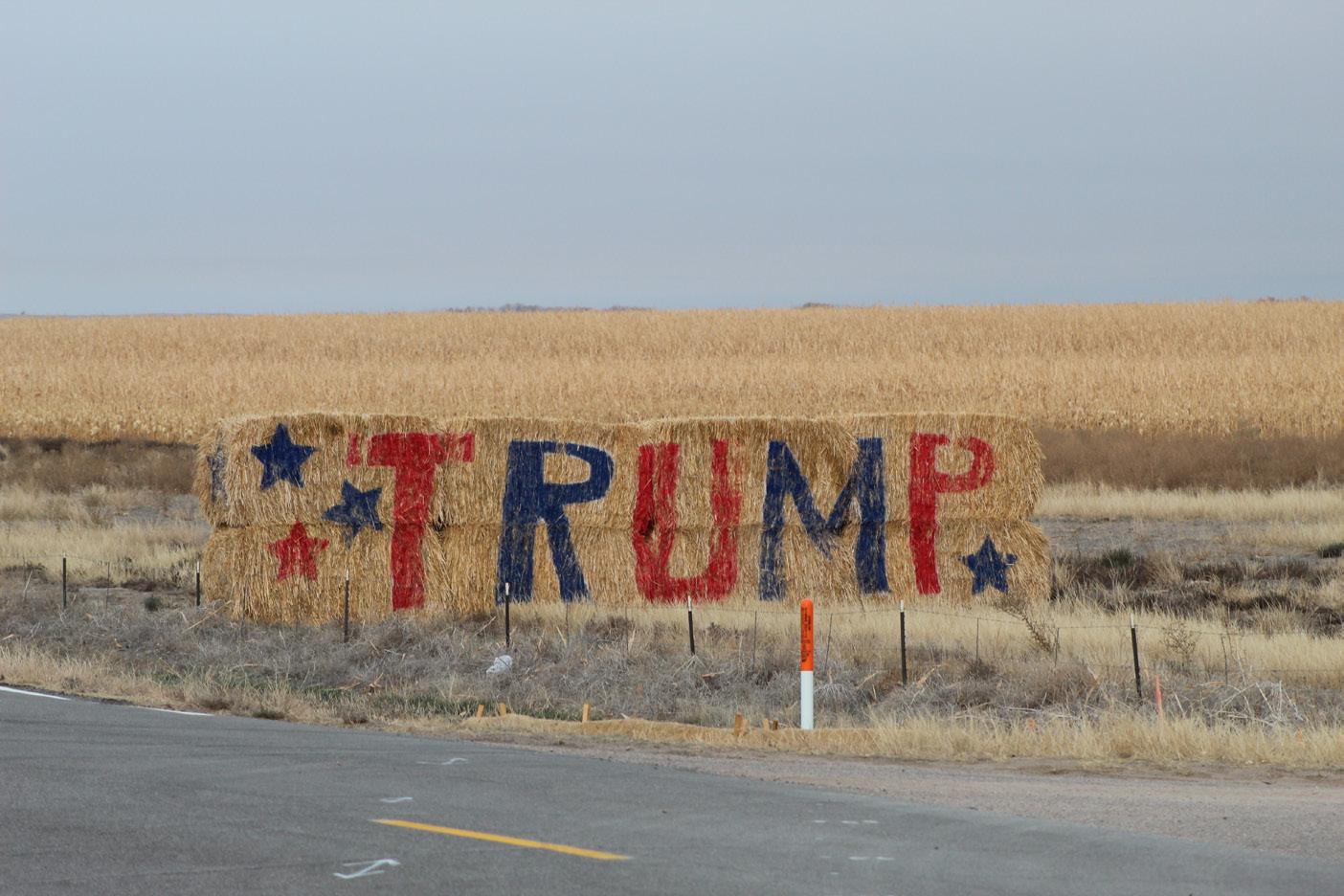
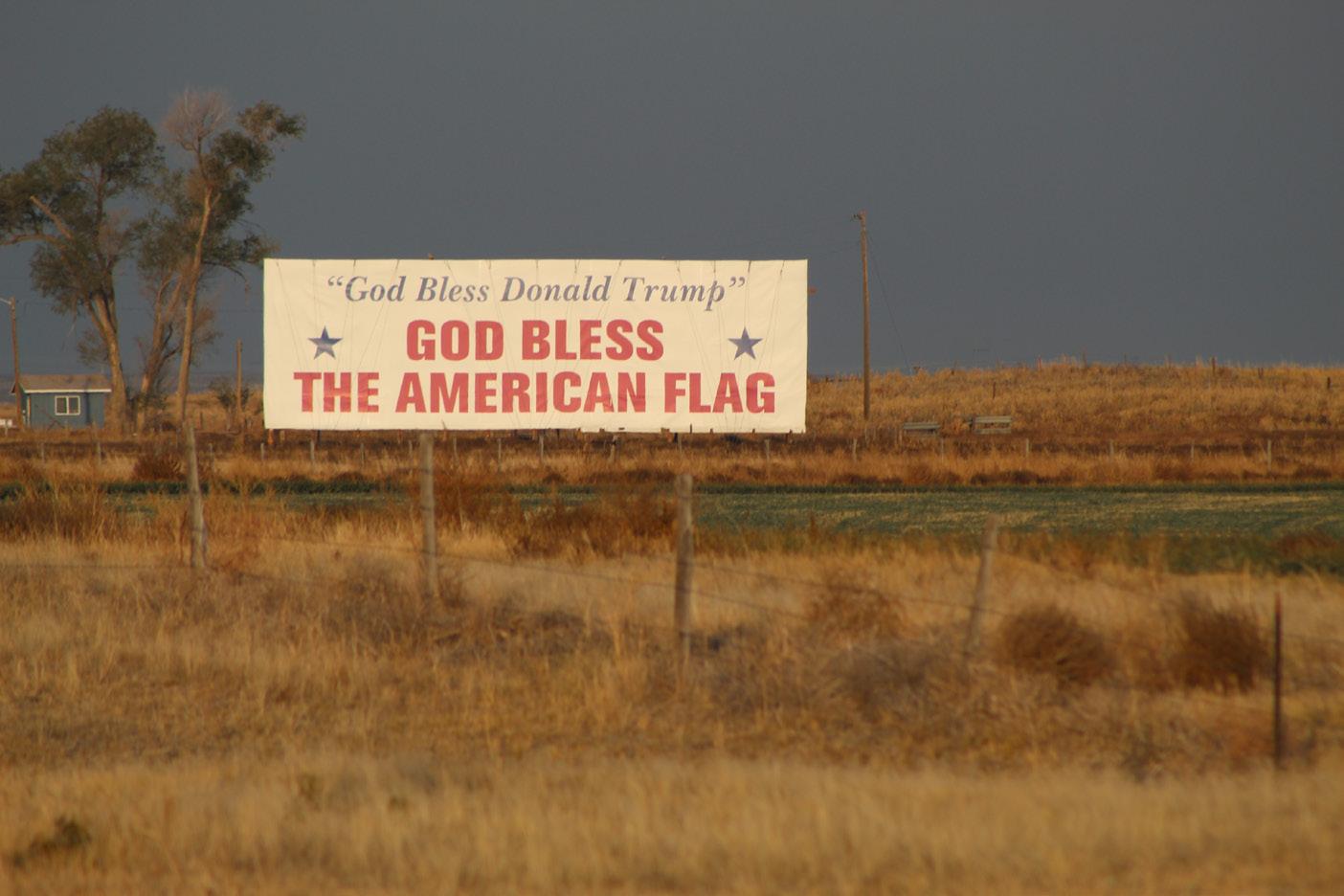

Supplier Colorado Public Utilities Commission
Declines to Rule on Corporate Law Issue
Brighton, CO - Yesterday the Colorado Public Utilities Commission (CoPUC) dismissed without prejudice United Power and La Plata Electric’s complaint against TriState. The Commission acknowledged that the decision on whether Tri-State lawfully admitted the three non-utility partners, an action that allowed them to claim that the Federal Energy Regulatory Commission (FERC) had exclusive jurisdiction over their rates, was a corporate law matter and should be decided by the courts. In May United Power filed a case against Tri-State in Adams County courts asserting that Tri-State fraudulently induced United Power to champion a 2019 Bylaw amendment to permit partial requirement membership. The admission of three non-utility members allowed Tri-State to apply for oversight with FERC, effectively setting aside the months of work by the CoPUC and suspending the administrative law judge’s ruling that favored a buyout methodology developed by United Power.
“We know the PUC was put in an awkward position of having to rule on a corporate law decision,” stated interim CEO, Bryant Robbins. “We greatly appreciate the hard work of both the Commission and their staff. The need of having the District Court hear the case was not unexpected. We will continue to move forward in our efforts to lower the rates of the 97,000 meters that we serve.”
In November of 2019, United Power filed a complaint with the Colorado Public Utilities Commission (PUC) seeking a fair buyout charge. This summer, United Power received a favorable ruling from the Administrative Law Judge (ALJ) assigned by the PUC to hear the case. Then on August 28th, FERC reversed an earlier decision and determined they have sole jurisdiction over the exit fee matter, even while acknowledging that they have not determined that Tri-State’s proposed methodology represented a “just, reasonable and nondiscriminatory exit charge”.
“While we are disappointed that the commission is unable to rule on this issue, we believe our case in Adams County will show that the non-utility members were unlawfully added according to both State Statutes and their own bylaws,” stated Robbins.
United Power is a member-owned, not-for-profit electric cooperative delivering electricity to nearly 97,000 meters at homes, business, and farms in Colorado’s north central front range. For more information about the cooperative, visit www.unitedpower.com or follow them on social media at facebook.com/unitedpower or twitter. com/unitedpowercoop.









